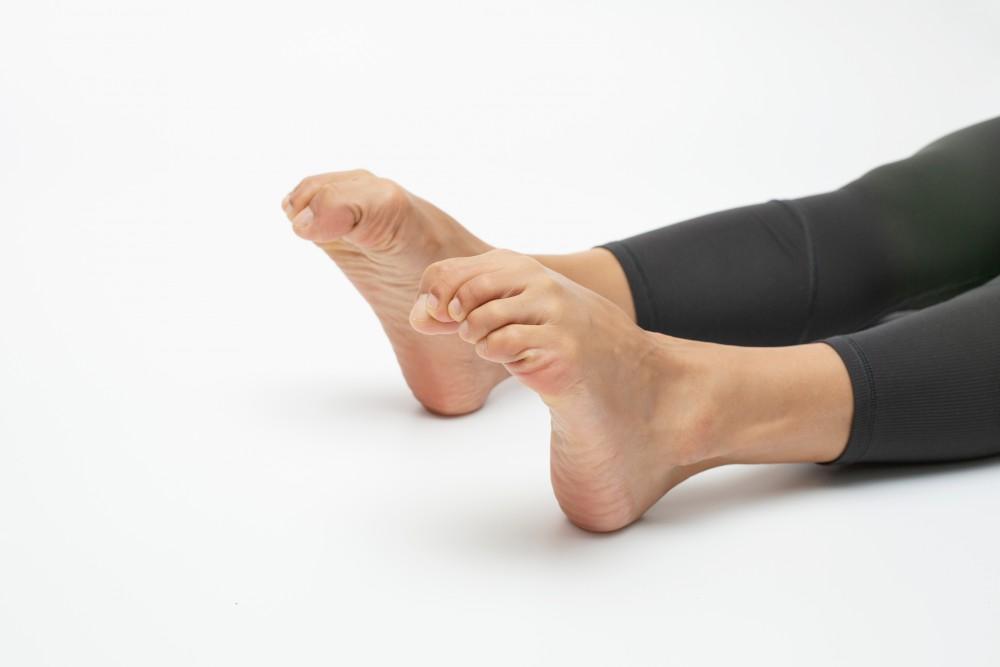
Advantages of Arthroscopic Surgery For Rotator Cuff Repair

The complexity of the shoulder joints makes them strong and versatile, though they’re also prone to unique injuries, particularly the rotator cuff, a structure of soft tissues providing stabilization and support throughout the joint’s range of motion.
Damage to the rotator cuff can be difficult to treat, and injuries are common since the shoulders are used so often. Rotator cuff injuries are common in sports activities, though you need not be an athlete to suffer damage.
At Bahri Orthopedics & Sports Medicine Clinic, our surgeons specialize in arthroscopic surgical techniques and minimally invasive approaches that are well-suited to rotator cuff repairs and offer advantages to patients and doctors alike.
What is arthroscopic surgery?
The fundamental concept of arthroscopy is in the root of its name: to look into (scope) a joint (arthro). Before technology offered alternatives, surgery was open; that is, incisions were made in healthy skin and muscle so that surgeons could see joint damage before they could make repairs.
Advances in diagnostic imaging created ways to access joints without needing large incisions through healthy tissue. This was followed by developing special surgical tools that also used small, keyhole incisions to perform repairs.
Advantages of arthroscopic surgery for rotator cuff repair
The specific treatment you need depends on the type and severity of your rotator cuff injury. Surgery is rarely the first line of treatment; it is recommended only when conservative therapies fail to relieve pain or improve mobility of the shoulder joint.
When surgery becomes necessary, we choose arthroscopic approaches whenever possible. Here’s why:
Simplified access
Open surgery requires cutting through or detaching healthy muscles to gain access to the muscles and other tissues of the rotator cuff. The small incisions used by arthroscopy keep access damage to a minimum.
Less bleeding
Smaller incisions naturally mean less bleeding. This is good for the patient in terms of blood loss while improving the surgeon's visibility during the procedure.
Reduced scarring
Small incisions mean small scars. Keyhole incisions may be one-half inch or smaller, but open surgery can leave scars several inches long.
Lower infection risk
With less of the body exposed to the air through keyhole incisions, the rate of post-surgical infection falls dramatically compared with open techniques.
Fewer hospital stays
Arthroscopic surgery for rotator cuffs can be performed as an outpatient procedure, so you return home the same day as your surgery.
Faster recovery
Small incisions, less bleeding, lower infection risk, and less pain add to a more comfortable process and faster recovery.
Repairing rotator cuff damage with arthroscopic surgery reduces the impact of surgery on your life. While it’s likely you still require physical therapy as part of your recovery, you’ll probably start this earlier in the process.
Contact Bahri Orthopedics & Sports Medicine Clinic when you’re suffering from symptoms of rotator cuff damage. Call or request an appointment at our most convenient location today.
You Might Also Enjoy...


Am I a Good Candidate For Shoulder Replacement?

Staying Active With Knee Osteoarthritis: Our Top Tips

Struggling with Ankle Instability? Here's How to Avoid Future Sprains

4 Essential Diet Changes for Healthy Bones with Osteoporosis


